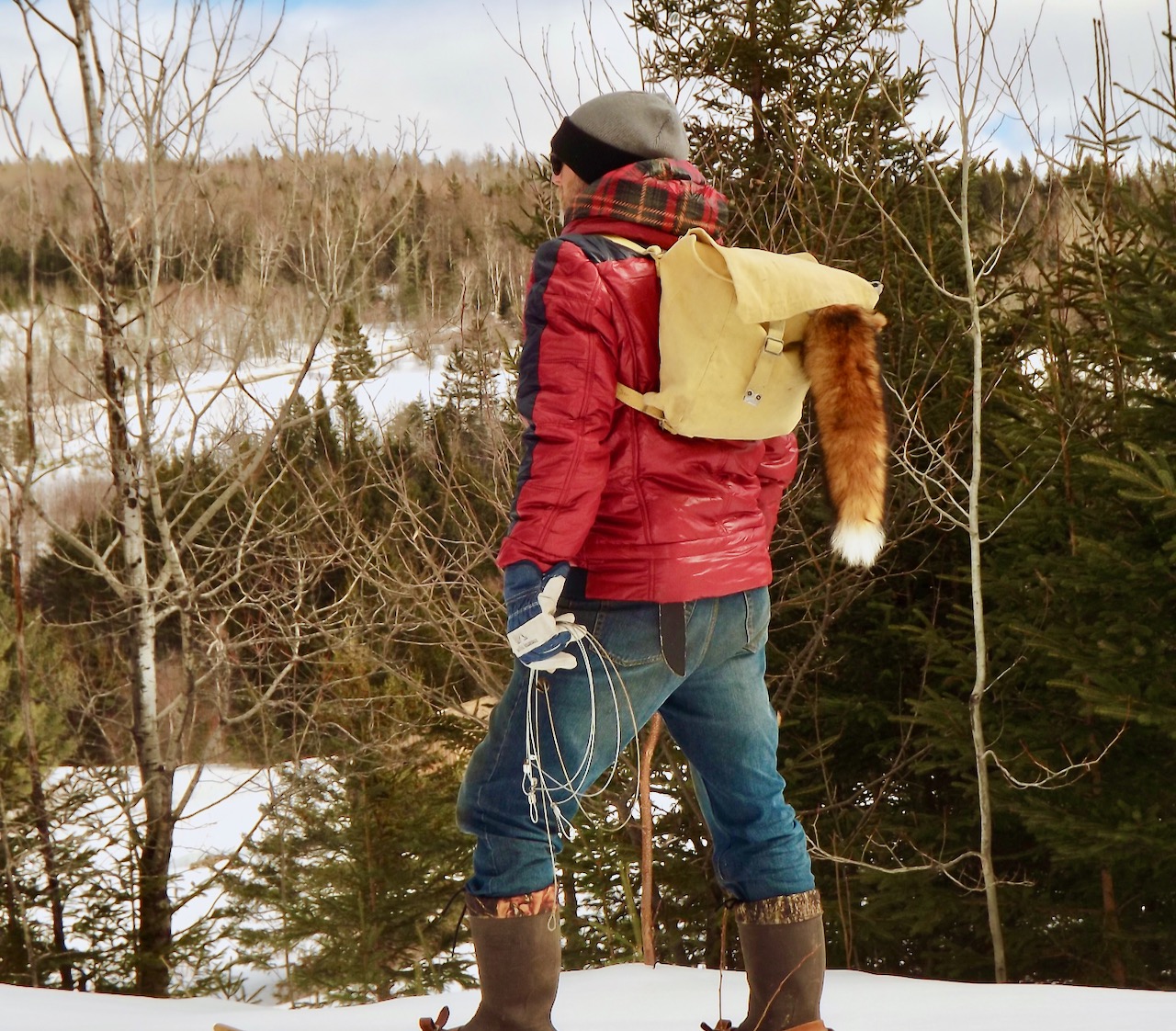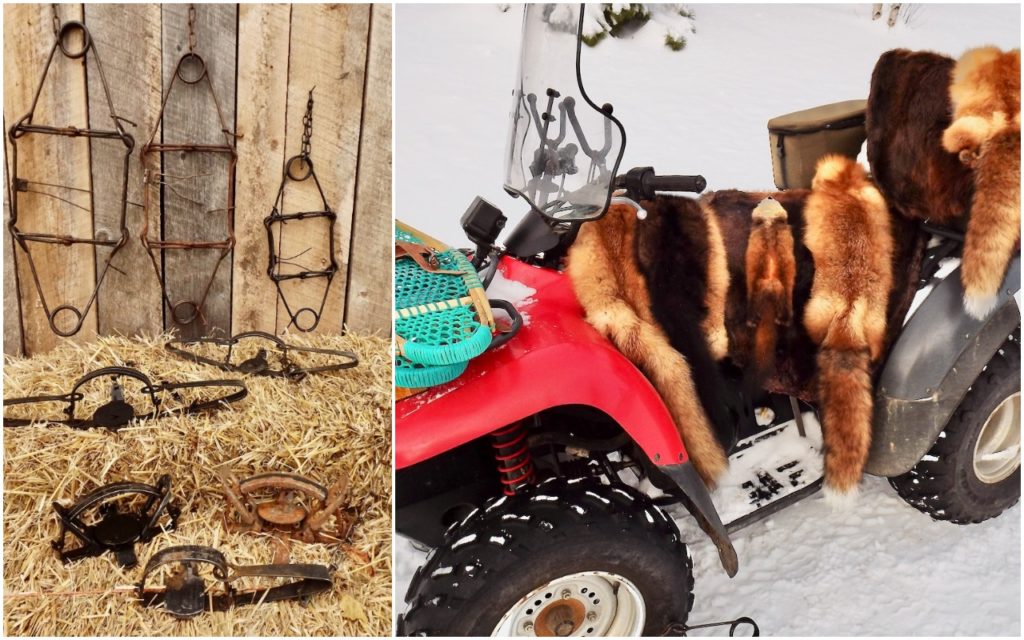TRAPPING FOR TENDERFOOTS
A beginner’s guide to everything you should know before heading out on the trapline
Advertisement
THE GEAR YOU NEED
Whether you’re planning daytrips to your trapline or a multi-week adventure in the deep woods, don’t head out without these essentials.
Advertisement
TRAPS
Every trapper needs quality traps, with today’s options including the foothold trap, neck snare and square, or killer, trap. Foothold traps close over the furbearer’s foot pads, holding the animal in place until you arrive. Neck snares are the snow trapper’s go-to tool, and they can even be set under water. It’s such a lethal device that canine or cat trappers set out hundreds of these effective tools.
The option that has changed the way steel is set, however, is the square trap, the brainchild of Canadian trapper Frank Conibear. Delivering a lethal strike to an animal’s neck or chest like a giant mousetrap, it’s perfect for beavers or muskrats. And if legal to use in your jurisdiction, it can really pile up the raccoons. Fisher and marten are also taken using square traps placed in baited enclosures.
Advertisement
SAFETY
Be respectful of all traps—you don’t want to get accidentally injured, especially if you’re far from help in the deep woods. Purchase a pair of setting clamps and a square trap safety, and use them. From deep snow to dangerous ice, bad weather conditions also go with fur trapping, so always carry a safety pole, or spud, and ice picks—and stay alert.
Whenever you head out, be wise and pack a simple survival kit with a few essentials. A remote communication device is also paramount—an old CB, for example, doesn’t need cell towers. Just remember to set up a contact time to keep in touch with home base.
Finally, only use a firearm to dispatch a trapped animal that’s still alive; a .22 rimfire can slip into any pack, and it just might prove to be a lifesaver.
TRANSPORTATION
Fur trapping involves traversing some of the toughest country around, with walking still a big part of the job. That means good footwear is as important as quality traps. For trips further afield, few transportation improvements can match the ATV or side-by-side, but opt for a workhorse model that ranchers or powerline companies would use. Traction, hauling capabilities and reliability matter most—not speed.
As for water trapping, no other tool has the same storied history as the trapping canoe. Sure, big freighter canoes can lug tons of equipment, but the shorter, lighter trapper models shine when it comes to traversing a twisty marsh or managing numerous solo portages. Just please wear your Mae West all the time, and treat the icy autumn water like the cruel comrade it is.
Finally, for trapping in the winter, a snow machine with a sled or two is perfect. As with an ATV or side-by-side, opt for a hard-service timber model to avoid getting stuck—time spent digging out is time wasted. And again, never head out without a survival kit, and don’t forget your snowshoes. They might save your life.


